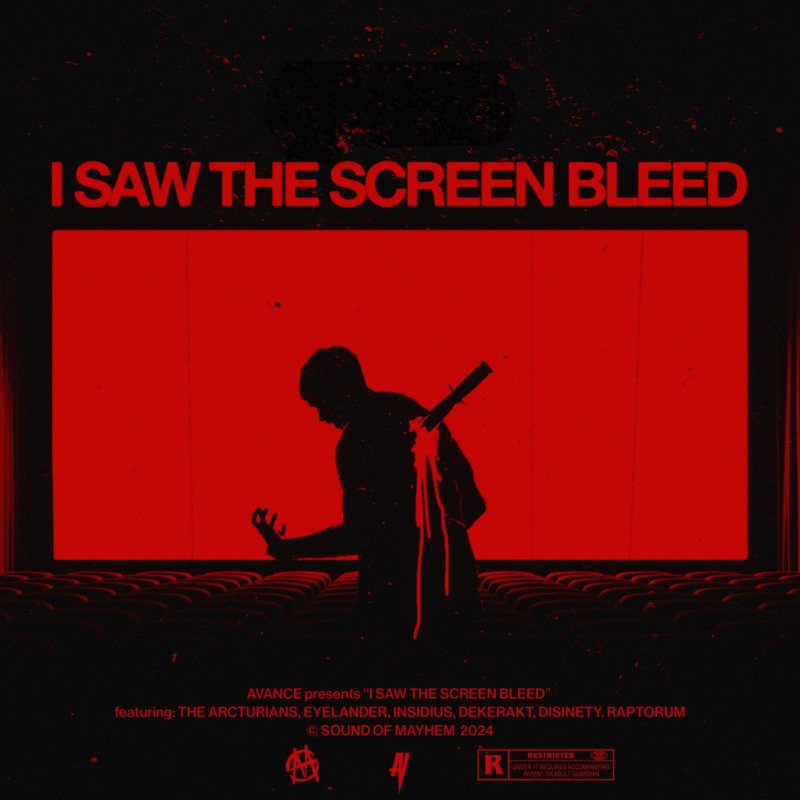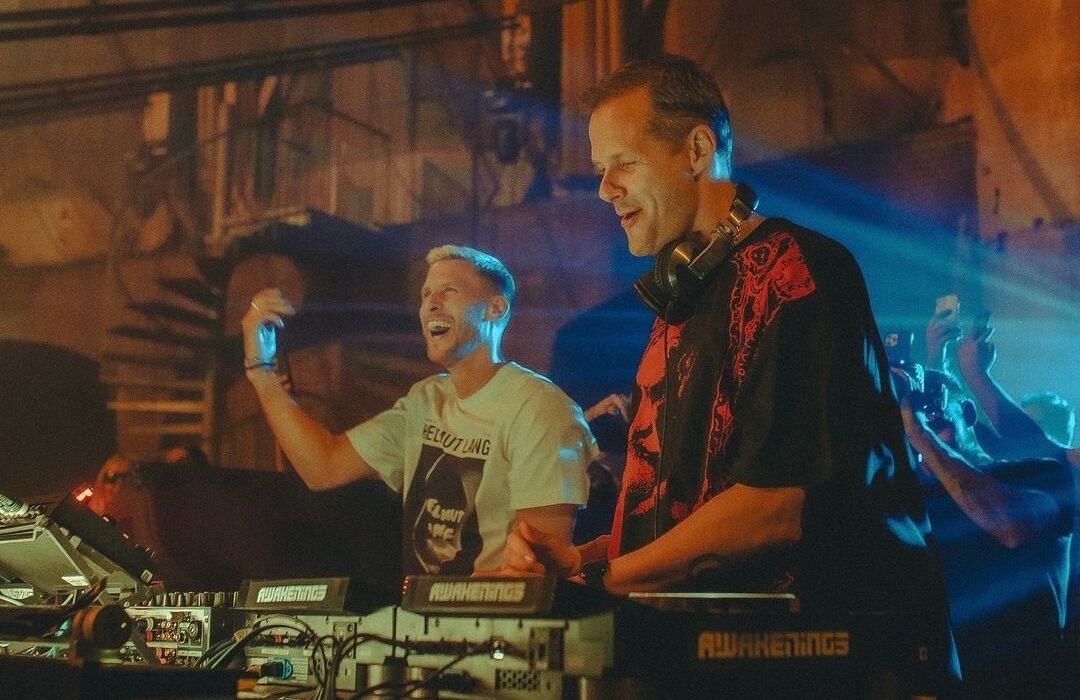There are many ways an anime adaptation of a manga, light novel or other media can lose admiration from fans. It can change the story or drag out a plot line until it feels endless, but these are smaller offenses. What anime fans, especially manga readers, dislike is rushed or skipped material. When a show rushes to reach a climatic season finale, fans feel cheated and disappointed. When the anime cuts entire arcs, especially if they're fan favorites, this is amplified further. Only poor animation can make fans turn on a series quicker.
Because of this, it's standard practice in modern anime to take smaller chunks of the manga or novels for adaptation. This is to make seasons more digestible and less likely to catch up with the source material. My Hero Academia's first season animated three volumes of the manga, while Vinland Saga's adapted four. But as of Episode 8, Netflix's Blue Period has passed Vol. 4 of its manga and is sure to complete Vol. 5 in the next episode or two. Going by this rule of manga-turned-anime, fans should be concerned by the pace it's taking -- but they aren't.
It's not one of the most talked about shows this season, but those who are watching Blue Period adore it. Which begs the question: how has it broken this unspoken rule of adaptation without suffering? The answer can be found in the source material.
While Blue Period does cut material like most other anime, it's done so at the best possible spots. Sizable sections of the first few chapters have been removed for the sake of pacing and keeping the focus on the main characters. In the manga, tertiary characters like Yatora's school friends and the art club members get more focus, which fleshes out the world more than the anime. However, because these characters don't appear frequently and their overall impact on the series is unknown -- the manga is still ongoing -- these moments are the best to remove.
Other cuts are unfortunate because they remove context that makes certain moments hit harder. For example, the Blue Period manga slightly draws out Yatora convincing his mom to let him go to art school with a family discussion. In this scene, she gets to voice her concerns and the reader gains a better understanding of her thought process. So when she finally lets him follow his dream, it feels even more rewarding. The big important scenes are still in the anime and have impact, but not as much.
What saves Blue Period more than anything, though, is the length of its chapters. They average between 40-50 pages each, more than double the length of many manga chapters. This is due to the series being a seinen, which is targeted at an older audience. Seinen and josei series are not as commonly adapted as shonen and shojo, but the older demographic demands longer chapters with more depth.
The five volumes released in English contain just 21 chapters. As of Episode 8, 17 of them have been animated. So, the anime is adapting about two chapters per episode, give or take depending on what was cut. This is very manageable and allows for focus on every breakthrough Yatora has.
Ultimately, Blue Period is Yatora's journey through the world of fine art. He matters more than any other character, so keeping him in the spotlight is most important. In order to do this and stay within time constraints, the team at Studio Seven Arcs has merely trimmed the fat to maintain this focus. Manga readers may think the source is still better, but the anime is handling Blue Period with the utmost care.
About The Author

